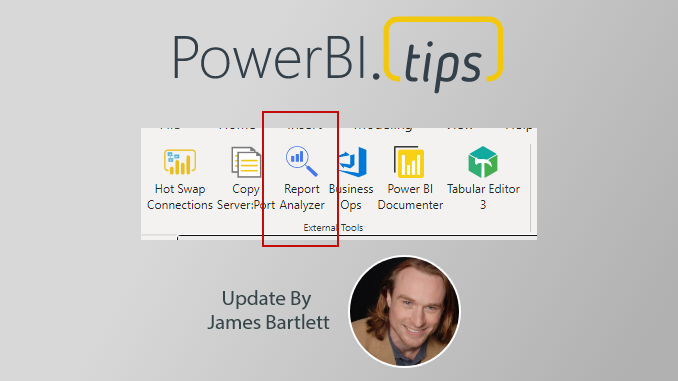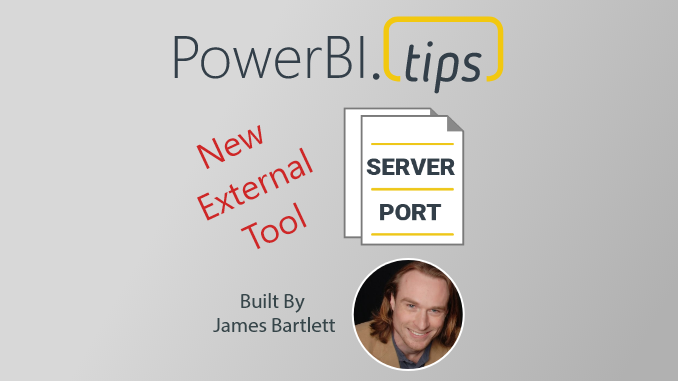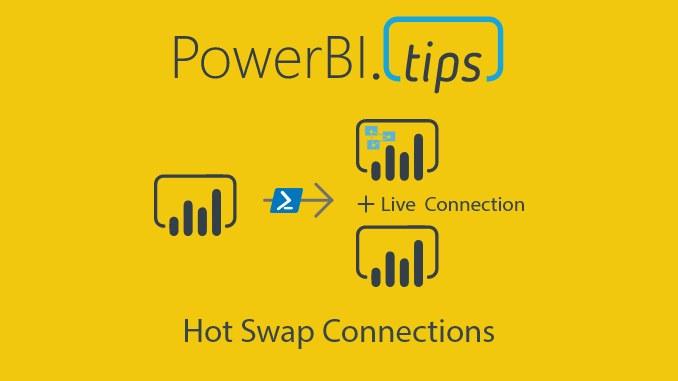Semantic link is one of the most promising technologies coming from the Microsoft Power BI and Fabric team. Semantic link has the potential to automate so many redundant tasks and tedious work. Automating and using code enables BI developers to free up time for more value-added work. Join Stephanie Bruno and Mike Carlo as they do a thorough demo of using Semantic Link.
Understanding Semantic Link
Semantic link is a powerful tool that allows direct access and manipulation of data within semantic models using code and notebooks. It offers automation, streamlined data extraction, and centralized data management within models. Throughout this workshop, we’ll delve into the diverse functionalities of semantic link and its potential benefits for data scientists, analysts, engineers, and fabric admins.
A Deep Dive into Semantic Link
This demo covers a range of topics, including:
- Accessing and visualizing a Power BI report within a notebook
- Exploring the list of reports in a workspace
- Retrieving insights about tables and columns in a semantic model
- Listing and comprehending measures within a semantic model
- Visualizing and understanding table relationships
- Utilizing semantic link for data access and manipulation
Live Demos and Practical Demonstrations
Our expert presenter, Stephanie Bruno, will lead live demonstrations and hands-on exercises to illustrate the practical applications of semantic link. The demos will encompass:
- Creating a new notebook and connecting it to a workspace
- Retrieving and visualizing reports within the notebook
- Exploring tables, columns, and measures within a semantic model
- Understanding and visualizing table relationships
- Accessing and manipulating data using semantic link
- Employing DAX magic to write and evaluate DAX expressions
The Impact of Semantic Link in Action
Throughout the workshop, we’ll showcase how semantic link empowers data scientists to access and utilize measures without the need to reconstruct complex logic. Additionally, we’ll highlight the seamless integration of semantic link with Python, facilitating efficient data manipulation and analysis.
More where that came from
If you like this type of training and content, join us over at Training.tips for 60+ hours of additional training.













